
Task Force Antal and Dr. James Lynch, M.D. launched the Stellate Ganglion Block (SGB) mission to Ukraine in 2025. Dr. Lynch is a world-leading expert pioneering the immediately effective, minimally invasive, PTSD medical treatment. During a 10-minute procedure, Doc injects a local anesthetic into the nerve cluster that controls the fight-or-flight response. This “system-reset” calms the body and calms the mind, relieving some of the most excruciating symptoms resulting from trauma exposure.
On our first mission, Dr. Lynch integrated into one of several growing Veterans’ treatment centers, treated 51 patients, and instructed 15 Ukrainian doctors… and that’s just the beginning. We set the right conditions for future direct care, professional medical training and raising awareness across the country to destigmatize the hidden effects of war.
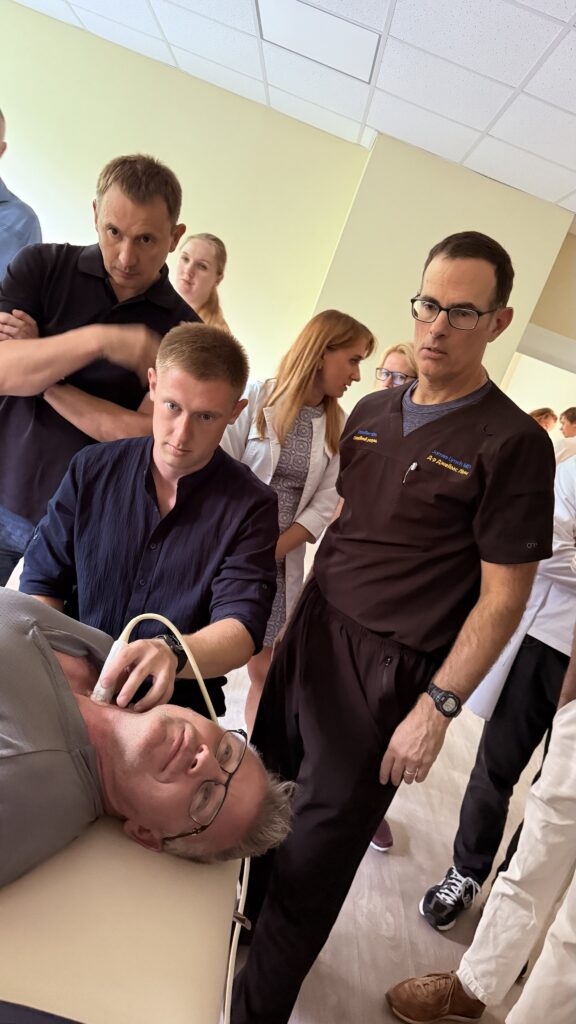
Working alongside local government, military leaders, and Ukrainian physicians, we are expanding both awareness and accessibility of SGB. We are planning another treatment and training mission in 2026. With your continued support, we can build on this momentum and create a sustainable program to increase local capability to make SGB widely accessible to those in need in Ukraine.
The stellate ganglion block (SGB) is a medical procedure performed by a qualified surgeon to reset the system that controls the “flight or fight” response associated with symptoms of post-traumatic stress disorder (PTSD) and anxiety. Using ultrasound-guidance, Dr. Lynch injects a long-acting local anesthetic in the side of the neck around the main nerve that controls the “fight or flight” response. By blocking or “turning off” the traffic in the cervical sympathetic chain, it is believed that the parts of the brain that control the fight or flight response are allowed to completely reset, resulting in long-term relief of symptoms. The SGB takes less than 15 minutes to perform, and benefits are seen in as little as 30 minutes.
Ultrasound allows the needle to be safely guided around the nerves and blood vessels in the neck as it is placed next to the stellate ganglion. This makes the procedure safer, less painful, and significantly more precise under ultrasound than under X-ray fluoroscopy methods currently available in Ukraine. 
SGB has been around since the 1920s and was initially used primarily to treat pain conditions. In 1990, it was discovered that SGB is extremely effective for PTSD symptoms and for over a decade it has been used to treat anxiety.
While many people improve in a variety of their symptoms, the symptoms of “hyperarousal” improve dramatically for most. These include irritability, angry outbursts, poor sleep, “flashbacks,” racing heart, sweating. These symptoms can be debilitating, ruin relationships, and serve as barriers to effective therapy.
Multiple peer-reviewed medical studies show that SGB results in significant long-term improvement in chronic anxiety symptoms associated with PTSD. Following treatment, there is a series of temporary changes that happen on the side of the face that was treated. These changes are expected and indicate the SGB was performed successfully. Some of the changes are easily visible and include a droopy eyelid, a smaller pupil, and a bloodshot eye. These changes wear off in about eight hours. Below is a picture of a typical patient after treatment.
About one third of patients are successfully treated with a single SGB and do not need another SGB. There is no “requirement” to repeat an SGB. Completing follow-up symptom surveys at one week and one month after your SGB is very useful to quantify your benefits and may help determine if and when another SGB would make sense for you. Many people elect to receive another SGB treatment later if they are exposed to conditions that “re-trigger” their PTSD symptoms, or hit a “rough spot” that may elevate their anxiety symptoms. SGB can be safely repeated if it was helpful the first time, and typically each subsequent SGB is as helpful as the first.
The overall risks of having a significant adverse event are very small (much less than 1 in 1000) when performed by a skilled provider with ultrasound guidance. There is a very small risk of a seizure from inadvertently injecting the local anesthetic into a blood vessel. There is an extremely small risk of forming a dangerous hematoma. This risk is very small in people not taking blood thinning medications. About 20% of patients report a hoarse voice or a feeling like there is something in the back of their throat for 3-6 hours after treatment.
This procedure is NOT painful and patients are not sedated. Sedation actually likely increases the risk of the procedure. Our team will explain the entire procedure, make you comfortable and encourage you to breathe for the 10-minute treatment.
Dr. Lynch has been performing and studying SGB for anxiety and PTSD for about 15 years and is a leading expert in this field. He has been an author on most of the original research on this topic published in the peer-reviewed medical literature. Beginning in 2011, Dr. Lynch served as a top leader in ultrasound-guided SGBs in the U.S. military and trained numerous other physicians to perform this procedure. He has unmatched firsthand follow-up and continuity with hundreds of his SGB patients, having served in the same Special Operations community with them for over 10 years. This unique patient follow-up and close collaboration with behavioral health clinicians was pivotal in developing Dr. Lynch’s deep understanding of how best to utilize innovative SGB techniques in conjunction with trauma-focused therapy. Dr. Lynch is routinely invited as a guest speaker and subject matter expert on stellate ganglion block. He has lectured on this topic at several major national and international stages. He has assisted several other nations establish their SGB practices in Europe.
All TFA volunteers voice concern about the growing mental health crisis in Ukraine, especially for the Veteran population and civilians under siege, exposed to blasts, bombs and air strikes going on four years. Our first aid classes are in such high demand, but our students consistently ask us how to help their friends and family suffering from the hidden effects of war. The Ministry of Health estimates 1.8 million Ukrainians have PTSD, but the health system is not capable of responding, and mental health concerns continue to be stigmatized.
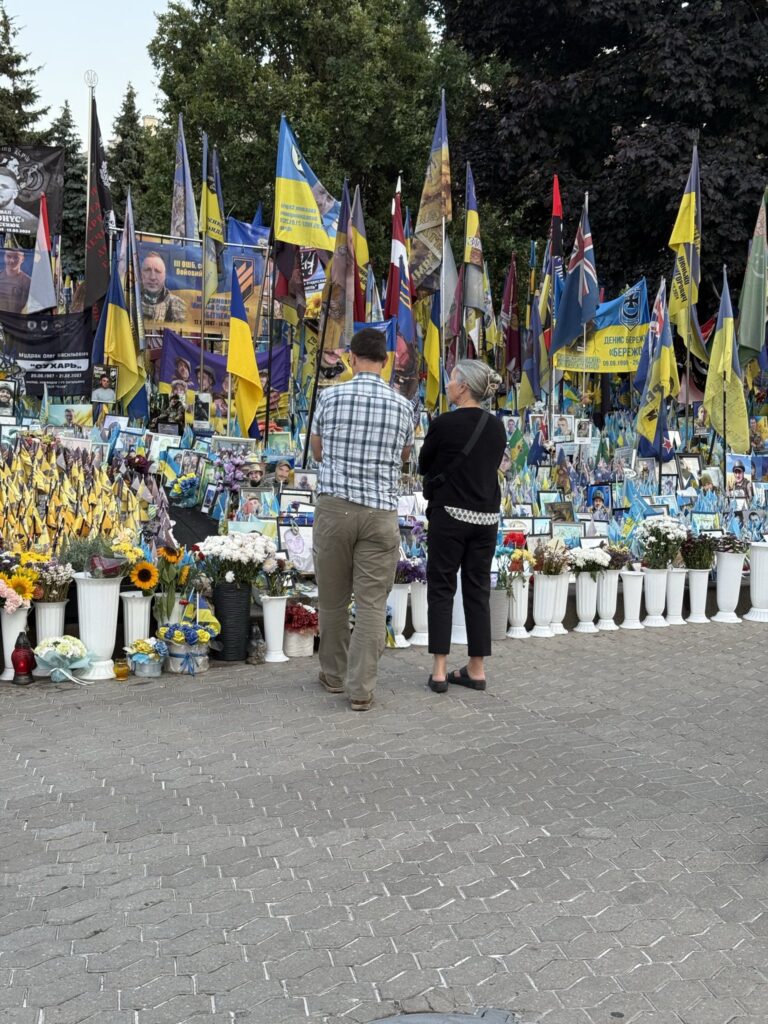
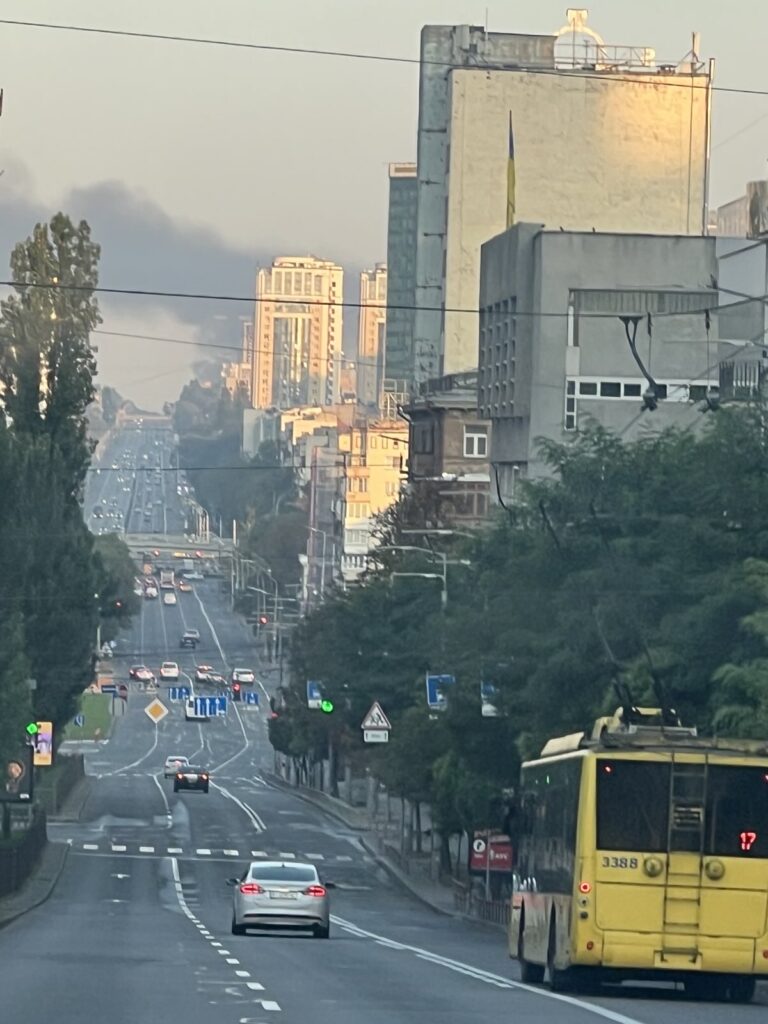
To answer the call, Task Force Antal partnered with Dr. Lynch this summer with a goal to make SGB accessible there. That means building a sustainable training and treatment program in key regions of the country in partnership with local government, physicians and other stakeholders. We want as many Ukrainian people as possible to get this care. People need it – the symptoms they are suffering because of the trauma of war poses a dire threat to their resiliency.

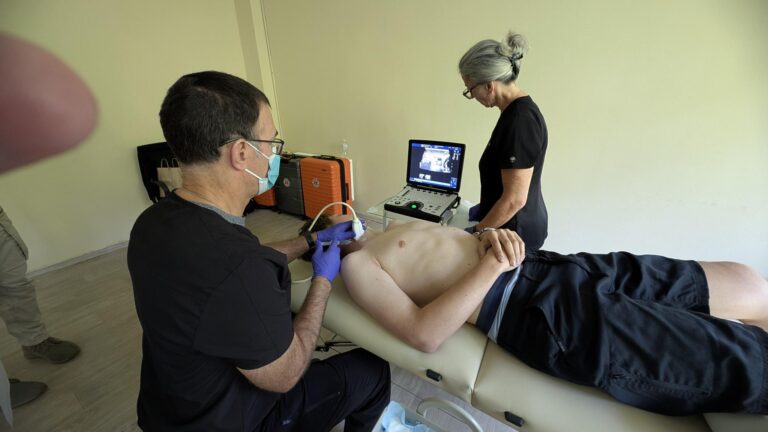
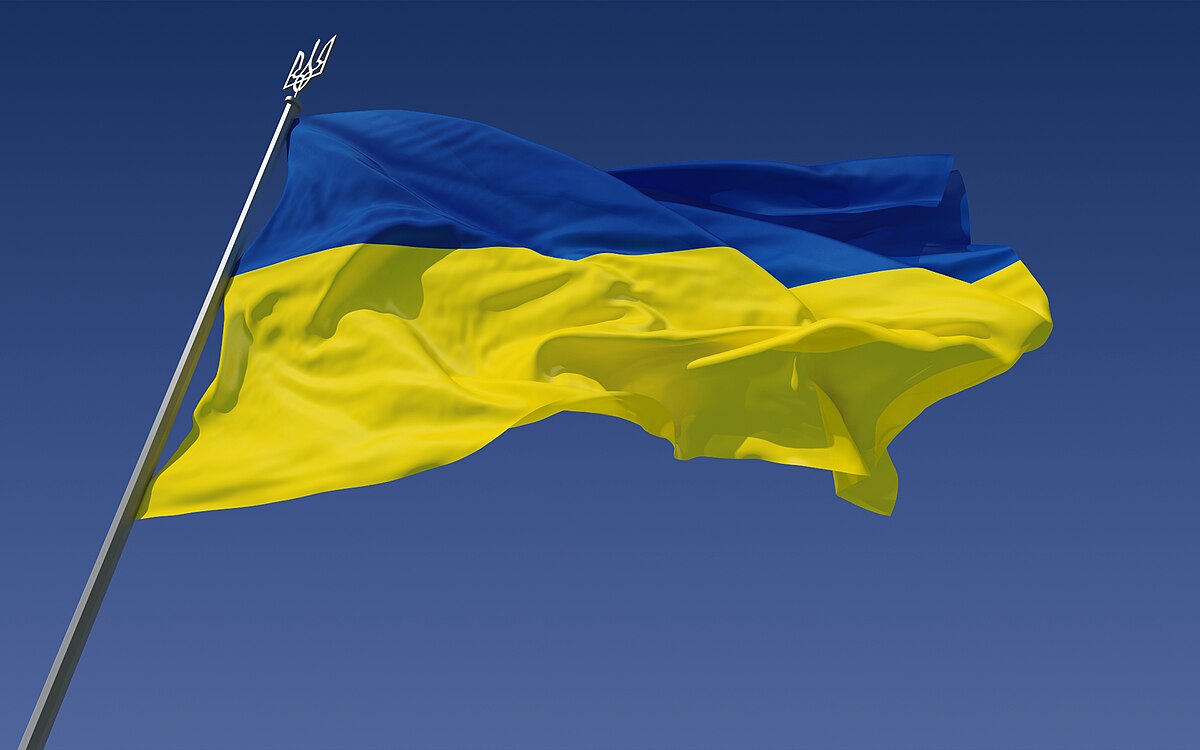








Your support enables us to build this vital program. Every donation goes toward the cost of providing direct care to patients.